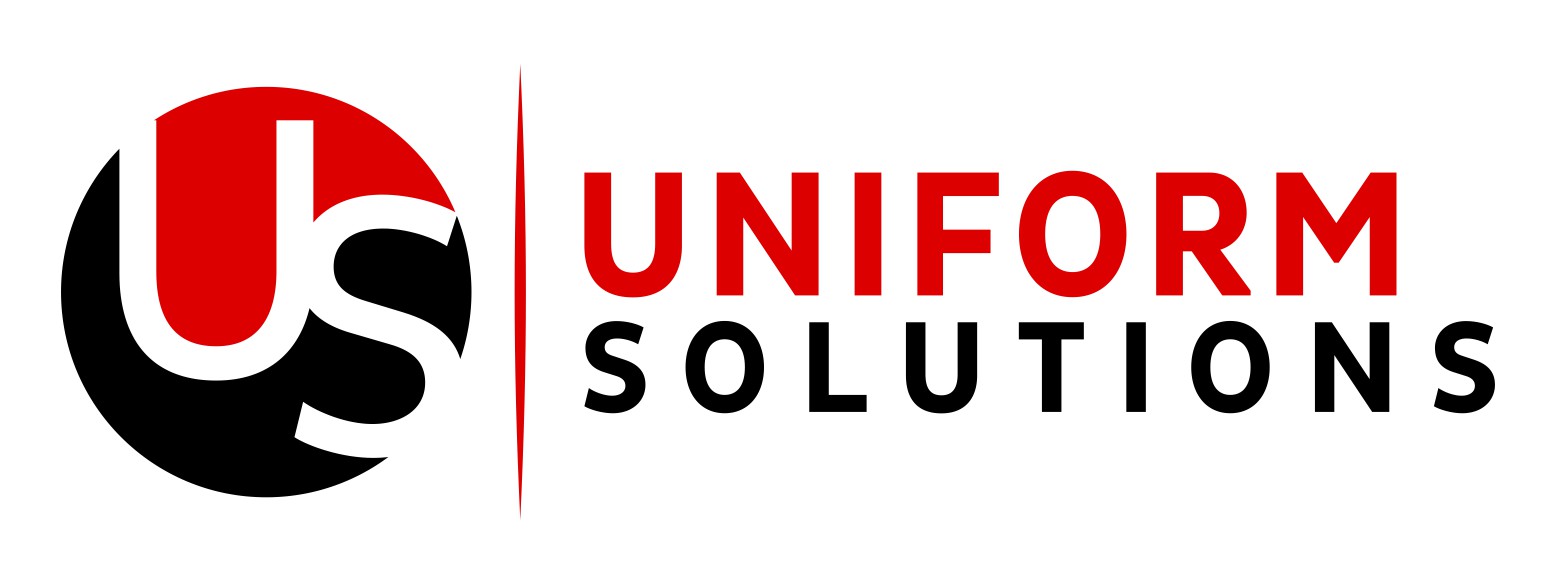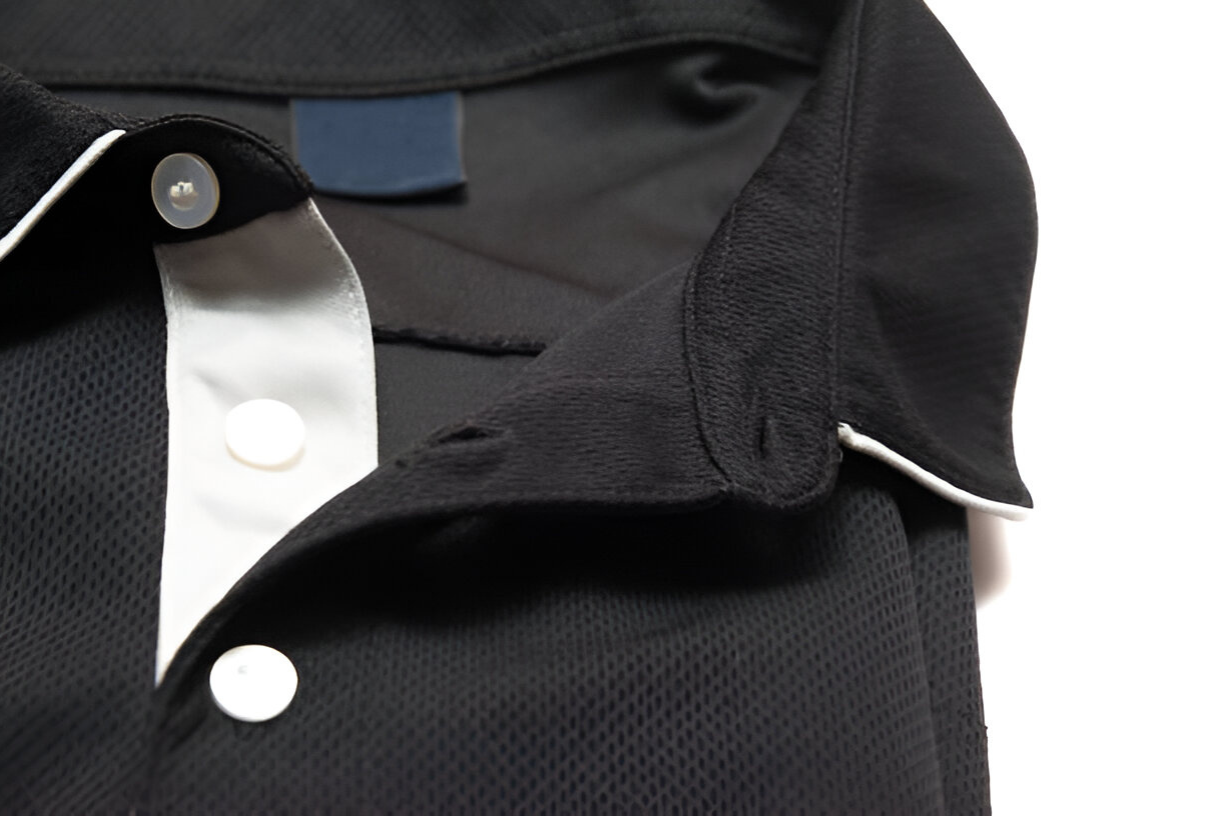A comprehensive guide to mastering workplace dress codes for success
- Published on: September 11, 2024
Ever found yourself staring at your closet, wondering what’s “right” to wear to work? You’re not alone. Figuring out the perfect workplace attire can feel like a challenge, especially when dress codes are constantly changing. But here’s the secret: mastering your work wardrobe isn’t just about following rules – it’s about understanding the subtle art of dressing for success.
In this guide, we’ll decode workplace dress codes, answer the most common questions, and help you confidently navigate your office style. Whether you’re aiming for a promotion or just want to feel great at work, keep reading – your next favorite outfit could be just a few tips away!
Understanding workplace dress codes
What is the appropriate dress for the workplace?
“Appropriate dress” can mean different things depending on where you work. In some industries, like finance or law, a suit and tie may be the norm. In others, like tech startups, jeans and a nice shirt might be perfectly acceptable. Your job role also plays a part. A customer-facing position may require more formal attire than a back-office job.
It’s crucial to align your clothing choices with your company’s culture and values. Dressing appropriately shows respect for your workplace and its norms. It helps you fit in and feel comfortable in your role.
What is the dress code for the workplace?
Dress codes can range from very formal to extremely casual. Some companies have strict guidelines, while others offer more flexibility. For example, a traditional corporation may require business formal attire, while a creative agency might encourage smart-casual or even casual wear.
Understanding your company’s dress policy is key. It helps you fit in and feel comfortable. Before starting a new job, try to find out about their dress code. This could be through employee handbooks, websites, or by simply observing how people dress.
Decoding the three common types of workplace dress codes
Business formal
A business formal dress code is the most professional and traditional style of attire. It typically includes a matching suit in darker colors, such as navy, charcoal, or black, paired with a light-colored shirt and a tie for men.
Polished dress shoes complete the look. For women, a tailored pantsuit or skirt suit with a blouse and closed-toe shoes, like heels or flats, is standard. This level of dressing is common in sectors such as law, finance, and upper management roles, where a polished and authoritative appearance is key.
Business casual
Business casual is a mix of relaxed and professional clothing. It allows for more flexibility than formal wear while still looking neat and appropriate for a workplace setting. Men might choose trousers or khakis with a button-down shirt or a polo, paired with loafers or dress shoes.
Women could opt for tailored pants or skirts with blouses or sweaters, and comfortable shoes such as flats or low heels. The goal of business casual is to look put-together without being overly formal, making it a popular choice in many modern workplaces.
Casual
A casual dress code offers the most freedom in terms of what you can wear. You might choose jeans, casual shirts, or even sneakers. However, even with a casual dress code, it is important to look neat and well-groomed.
Avoid clothing that is too worn out or has distracting graphics. While this dress style is relaxed, it’s essential to maintain a level of polish. Casual dress codes are often seen in creative fields, tech companies, or on casual Fridays in more traditional offices.
Dressing appropriately for different work situations
Is it appropriate to wear dresses to work?
Dresses can be a stylish and practical choice for many work environments. However, the key is to choose a dress that fits the workplace’s culture and dress code. In more formal settings, like law firms or corporate offices, go for dresses that are knee-length or longer, with modest necklines and sleeves.
For business casual workplaces, you have more freedom with patterns and colors, but keep the style professional. In casual environments, a simple, well-fitting dress can offer comfort and ease while still looking polished. Adding layers, like a blazer or a cardigan, can make a dress look more sophisticated and office-appropriate.
What is the dress standard for work?
Understanding what is considered appropriate for your workplace starts with observation. Look at how your coworkers and managers dress daily. Pay attention to any written guidelines provided in your employee handbook or reach out to HR if you’re unsure.
It’s often best to err on the side of caution and dress slightly more formally during your initial days until you are certain of the dress norms.
How should you dress for video calls and remote work?
Your attire still matters when working remotely, especially during video calls. Aim to dress similarly to how you would if you were attending a meeting in person. Choose a clean, professional-looking top, even if you’re wearing more comfortable pants out of sight. This shows that you take the meeting seriously and helps maintain a professional atmosphere.
How to adapt and personalize your workplace dress code
Observation and adaptation
One of the best ways to figure out the dress code at your workplace is by watching what others wear. Pay close attention to how your colleagues and supervisors dress daily. This will help you understand the general expectations and standards.
From there, you can adapt your clothing choices to fit in while still expressing your personal style. It’s important to find a balance between blending in with the workplace culture and adding touches that make you feel confident and true to yourself.
Experiment and evaluate
Try different clothing combinations to see what feels right for you. Balance looking professional with feeling comfortable. You might experiment with different colors, patterns, and styles until you find what suits you best. Pay attention to any feedback from colleagues or managers, as this can guide you in fine-tuning your wardrobe choices.
Special considerations in workplace dress
Religious accommodations
Many workplaces recognize the importance of accommodating religious dress requirements. This can include items such as headscarves, turbans, or specific types of garments. If you need an accommodation, it is best to speak with HR or your supervisor to ensure that your needs are respected in a way that aligns with both your beliefs and the company’s policies.
Safety and functional attire
In certain industries, such as construction, healthcare, or manufacturing, safety is paramount. Specific attire like steel-toe boots, hard hats, or protective gloves might be required to ensure safety on the job. Always adhere to these guidelines to protect yourself and comply with workplace regulations.
Navigating dress code policies and enforcement
What is the dress policy for the workplace?
A dress policy outlines what’s expected in terms of attire. If you’re unsure about it, check the employee handbook or ask HR. If you’re facing challenges meeting the dress code, talk to your manager or HR for advice on how to comply.
Dress code enforcement
Most companies enforce their dress codes through their managers or HR. If you don’t adhere to the dress code, you might receive a warning or, in extreme cases, face disciplinary action. If you feel the dress code is unfair or unclear, discuss your concerns with HR. Clear communication can help resolve most issues.
Final tips for mastering workplace dress codes
Here are some simple tips:
- When in doubt, dress up rather than down.
- Choose clean, well-fitting clothes.
- Keep it simple and avoid overly flashy items.
Let your personality shine
Your wardrobe reflects you. Don’t be afraid to add a bit of your style to your workplace attire. Just make sure it aligns with the dress code and maintains a professional look.
Conclusion
Workplace dress codes are there for a reason. They help maintain professionalism and reflect the company culture. Understanding and adhering to these codes can help you feel confident and comfortable at work. Use this guide to navigate your workplace dress requirements with ease.
Have questions or thoughts on dress codes? Share them in the comments below!



